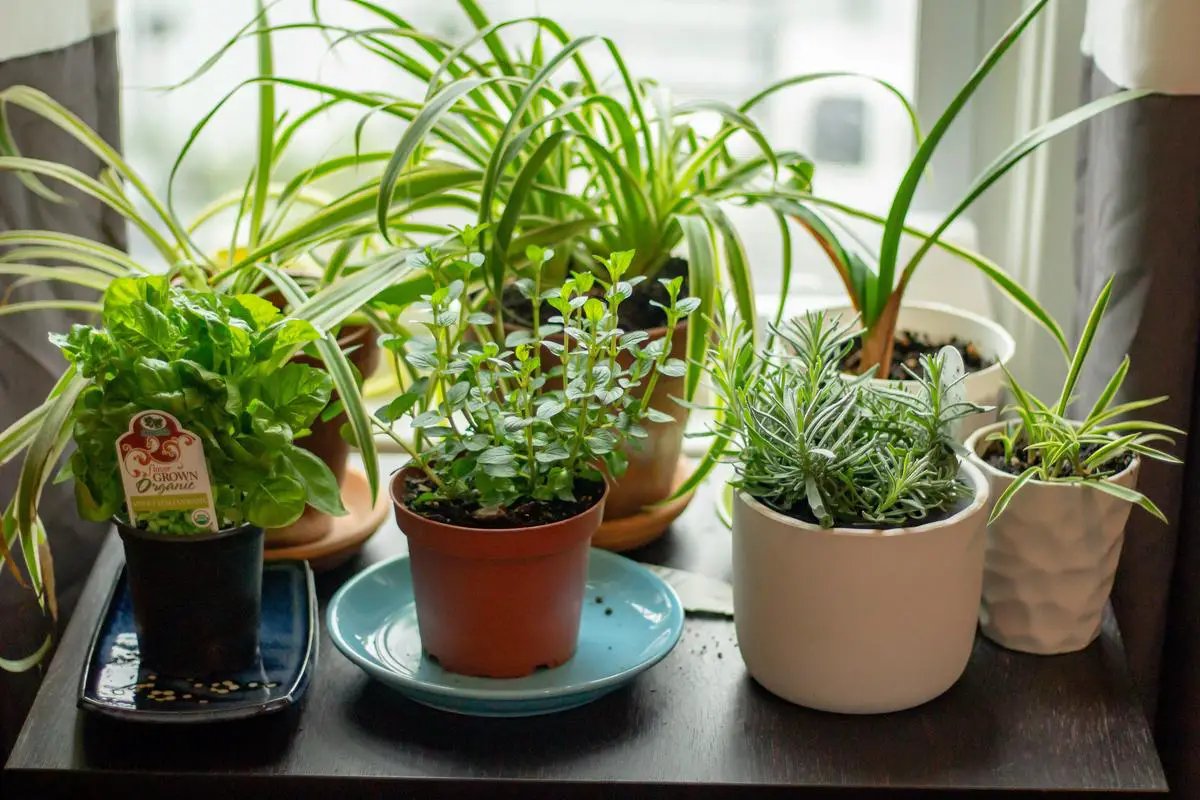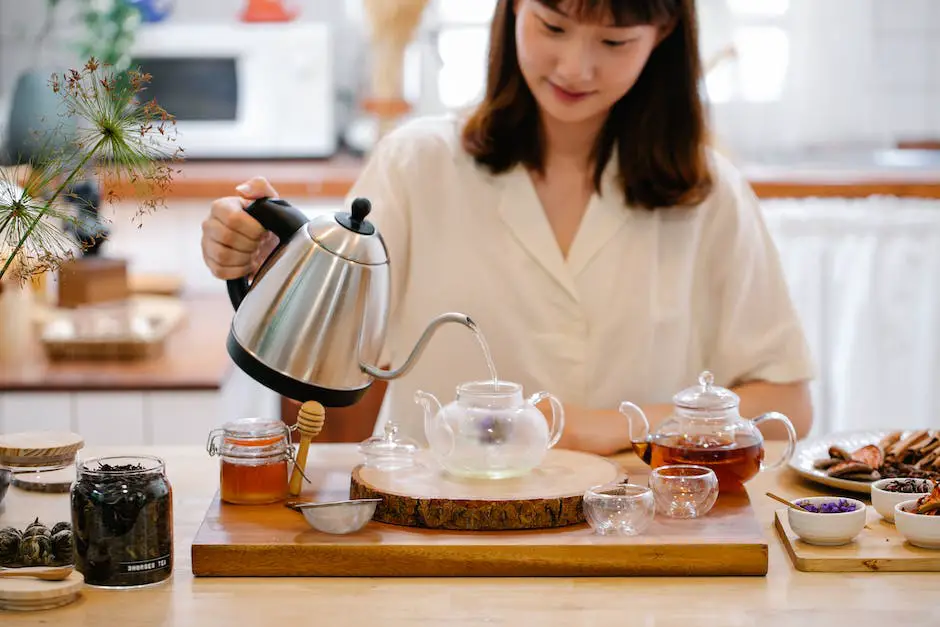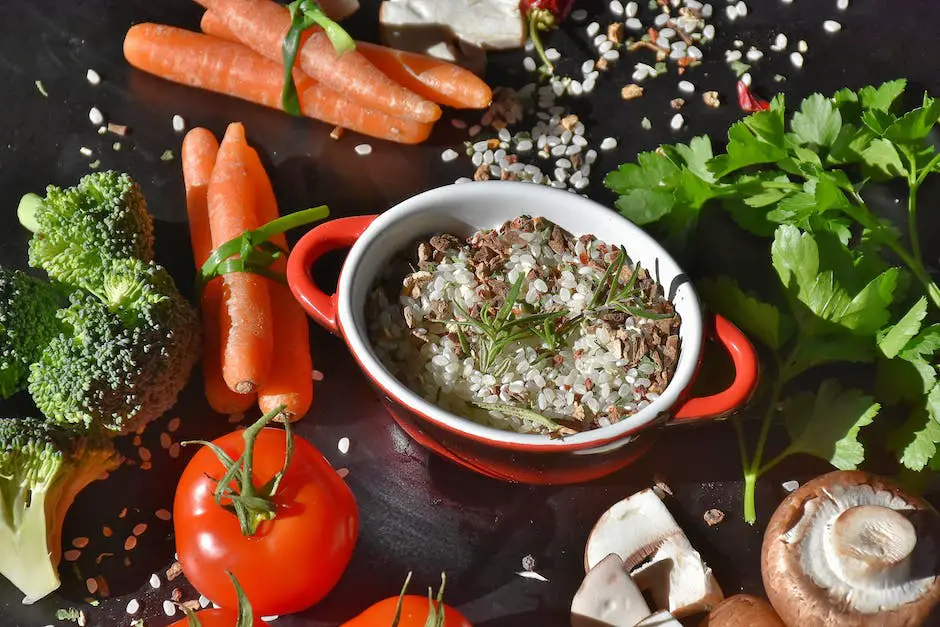Embracing the art and utility of indoor gardening, particularly focussed on herbs, can be a delightful and rewarding undertaking. As an enthusiast yearning to enhance your green thumb, it’s paramount to navigate the nuances between indoor and outdoor gardens. With indoor herb gardens, the control of your plants’ microenvironment ranging from light, humidity, temperature to soil type rests entirely on you, unlike in an outdoor garden, where nature takes charge. Similarly, the choice of your herbs and their corresponding containers is critical, bearing in mind variables such as compatibility, growth conditions, drainage, and space. This essay is like a guided tour, ushering you into the intricate world of herb gardening indoors, while simultaneously equipping you with the knowledge to implement effective care and maintenance practices. As we trace the journey of herbs from your indoor garden to your culinary escapades, we’re here to make sure it’s a journey worth taking.
Understanding Indoor Versus Outdoor Gardens
Understanding Indoor Versus Outdoor Gardens
Indoor and outdoor gardening are fundamentally different and each has unique requirements. While the basic principles of gardening, such as watering and nutrition, remain the same, the environment changes these factors significantly.
Light Requirement Differences
In outdoor gardens, plants depend on natural sunlight. The amount of daily sunlight a plant receives can be adjusted by moving the plant around the yard. Indoor gardens, on the other hand, often require artificial lighting because the sunlight from windows is typically not sufficient. Indoors, you will have to manage the light source and ensure that your plants receive the correct number of light hours they need to thrive.
Temperature and Humidity Differences
The outdoor environment naturally provides varying temperatures and humid conditions that suit different kinds of plants. In contrast, indoor gardens are subject to the artificial climate of the home, which may not provide the same level of temperature variations or humidity. Therefore, indoor gardeners may need to control room temperature and use humidifiers or dehumidifiers to create favorable conditions for their plants.
Soil and Water Differences
The soil in an outdoor garden is rich in nutrients because it includes a natural ecosystem of worms, insects, and plants that are constantly adding organic matter. In an indoor setting, such an ecosystem may be limited or nonexistent. Hence, indoor gardeners often need to use the right blend of potting soil along with regular fertilizing. Additionally, watering routines will differ; plants in outdoor gardens can often obtain some level of water from the environment (rain, humidity, etc.), but indoor herbs rely solely on irrigation provided by the gardener.
Pests and Disease Differences
Outdoor gardens may be more susceptible to pests and diseases due to exposure to the elements and insects. However, unhealthy plants can attract pests indoors too. Monitoring is key here, and both indoor and outdoor plants require regular checkups for signs of disease or parasites.
In summary, understanding the crucial differences between indoor and outdoor gardening will allow you to optimally adapt and better care for your plants. Indoor gardening involves more controlled environments and requires more active involvement as compared to outdoor gardening. Understanding these nuances helps in setting up a successful indoor herb garden.

Choosing the Right Herbs and Containers
Choosing the Right Herbs for Your Indoor Garden
When starting an indoor herb garden, it is important to select herbs that are suitable for indoor growing conditions. Herbs like basil, rosemary, mint, chives, and parsley are popular choices due to their hardiness and ability to grow in less-than-ideal light conditions. Each of these herbs requires different levels of sunlight and water, so be sure to check specific requirements for each one. Additionally, some herbs thrive better in cooler climates (like mint), while others prefer a warmer environment (such as rosemary).
Compatibility of Herbs
One aspect often overlooked when starting an indoor herb garden is the compatibility of herbs. Some herbs, such as mint, become quite invasive and can take over a small container quickly, potentially damaging other herbs in the same container. Therefore, it’s advisable to either plant aggressive growers in their own pots or regularly prune them to contain their growth.
Choosing the Right Containers
The importance of the right containers for plant health cannot be overstated. Containers with adequate drainage are key to prevent overwatering, which can lead to root rot. Choose pots with at least one hole in the bottom. The size of the container will also affect plant health. As a general rule, the container should be large enough to accommodate the full growth of the herb plant to avoid cramping of roots and stunted growth.
Understanding the Importance of Space Requirements
Different herbs have different space requirements. While herbs like oregano and basil need a lot of space to spread out and grow, others like chives can thrive even in tight spaces. Understanding these space requirements is key when arranging your indoor herb garden, so that each plant has enough room to grow and develop.
Choosing Material of Containers
The material of your pots can also influence plant health. Ceramic and clay pots can be useful to control soil moisture, as they allow for evaporation. However, they may break more easily. Plastic pots retain moisture well but may not provide as good air circulation. Metal pots are durable, but some metals can react with certain nutrients or chemicals in soil, potentially causing toxicity. Hence, choose the material that suits your gardening style and the specific needs of your herbs.
These instructions provide a broad guide for starting an indoor herb garden. Remember, each plant is unique and might take some trial and error to find the best growing conditions. But with patience and care, you can cultivate a lush, fragrant indoor garden.

Photo by bonniekdesign on Unsplash
Implementing Proper Care and Maintenance
Determining the Ideal Watering Schedules for Herbs
Indoor herbs require proper watering to thrive. Typically, most herbs like to be watered regularly but never overwatered. One of the common problems with indoor plants is overwatering, which can lead to root rot and eventually kill the plant. Generally, you should let the soil dry out between watering to avoid waterlogging. The frequency of watering can vary depending on the specific herb and its water requirement. For example, herbs like basil and parsley prefer their soil to be a little moist most of the time, while others like rosemary and thyme prefer drier soil. Always check the moisture level of the soil before watering.
Ideal Fertilizing Schedule
Fertilizing your indoor herb garden is an essential step to ensure healthy growth and development. The aim is to provide these plants with the necessary nutrients they need throughout their life cycle. The general rule of thumb is to feed your herbs once a month during the growing season (spring and summer) and less frequently during the off-season (fall and winter). Organic fertilizers can be ideal for herbs because they slowly release nutrients into the soil.
Pruning Your Indoor Herbs: Why and How?
Pruning helps to maintain the health and growth of the plants. Regularly trimming your herbs encourages bushier growth and prevents them from getting leggy and sparse. This can be done simply by pinching or cutting off the top set of leaves as soon as your herb plant reaches about 6 inches in height. This action triggers the plant to grow two new stems from where you cut.
Understanding and Managing Common Herb Diseases and Pests
Indoor herbs can get affected by certain diseases and pests like aphids, whiteflies, and spider mites. Pests can be controlled by using natural predators or organic pesticides. Fungal diseases such as powdery mildew and blights can also affect indoor herbs. If your plants start to show any signs of disease, it’s important to immediately isolate them from other plants to prevent the spread and treat them. Good ventilation, humidity control, and proper watering schedule can prevent most diseases.
Harvesting Herbs For the Best Results
When to harvest depends on the type of herb you are growing. As a general rule, herbs are best harvested just before they flower, as this is when their flavor and aroma are at their peak. However, don’t wait too long to harvest because if the plant flowers, it might lose some of its flavor. Most herbs are ready to be harvested when they reach about 6 to 8 inches tall. Remember, harvesting methods can vary depending on the specific herb. So, it is crucial to research the individual harvesting recommendations for each herb you plan to grow.

Utilizing Your Herbs in Cooking
Understanding Your Herbs: The Foundation of Flavor
One of the first steps to effectively using your herbs in cooking is to understand the unique flavors they bring. For instance, basil carries a notably sweet and mildly peppery flavor, making it suitable for Italian dishes. On the other hand, rosemary has a strong, pine-like taste, which makes it a lovely addition to meat and potatoes.
Culinary Uses of Herbs: Each Herb’s Role in a Dish
Once you’ve gained a sense of their characteristics, you can explore the culinary uses of each herb. For instance, dill is often used in pickles, creamy sauces, and seafood dishes. Cilantro, with its bright, citrusy flavor, finds its place in salsas, curries, and a variety of Asian dishes. Mint brings a refreshing note to beverages, salads, and desserts.
Harvesting at the Right Time: Maximizing Flavor Profile
To best utilize your herbs in cooking, harvesting them at the right time is vital. The ideal time to pick herbs is just before they flower, as this is when their oils, responsible for flavor and aroma, are most potent. Early morning, after the dew has dried, is often considered the best time of the day to harvest.
Fresh or Dried? : Understanding the Application
One critical aspect to remember is that not all herbs work well in both fresh and dried forms. Some herbs like oregano, thyme, and rosemary retain their flavor even when dried. On the contrary, herbs like basil, chives, and parsley are best utilized fresh for you to experience their full flavor.
Using Fresh Herbs in Your Recipes: When and How
Adding your herbs at the right time in your cooking process is crucial to extracting their maximum flavor. As a guideline, robust herbs like rosemary, thyme, and sage can be added earlier in the cooking process as they can withstand longer cooking times. Conversely, delicate herbs like basil, cilantro, and dill should be added near the end or as finishing touches to prevent their flavors from being lost.
Herb Proportions in Recipes: Balancing is Key
When it comes to quantities, a safe ratio to start with is one tablespoon of fresh herbs to one teaspoon of dried. Do remember that balance is key; strong-flavored herbs could easily overpower other flavors if used too much.
Understanding and using these guidelines can help you effectively utilize your indoor herb garden in your dishes, gifting your meals with fresh, authentic flavors straight from your garden. Always feel free to experiment with different herbs and explore their synergies with various food items to make your cooking experience even more exciting and rewarding.

So, now equipped with the know-how, the wonder of growing herbs indoors is something you can readily delve into and master. As you embrace the subtleties of managing and nurturing your indoor herb garden, you’ll find fulfillment in watching your efforts come to life. With the right care and maintenance techniques at your disposal, including recognizing and combating common herb diseases and pests, you’ll become proficient at ensuring the health of your beloved herbs. More than the joy of cultivation, it’s about the celebration of flavors that these very herbs imbue in your cooking. Being able to understand, harvest, and use your home-grown herbs for maximum flavor in your favorite dishes is the ultimate gratification for any indoor herb gardener. Happy gardening!




